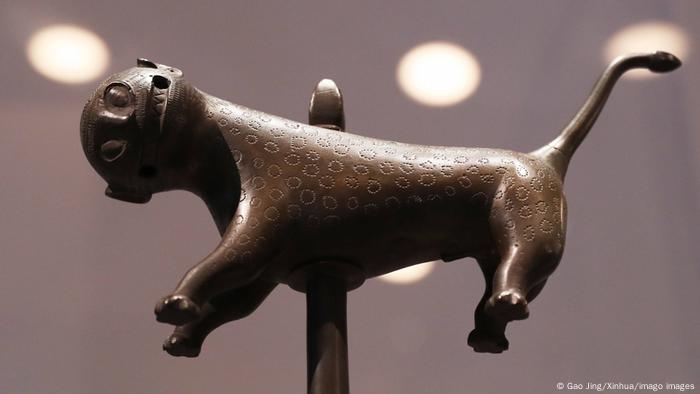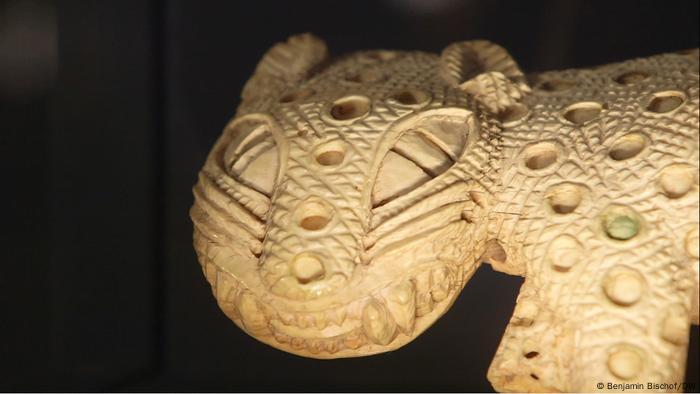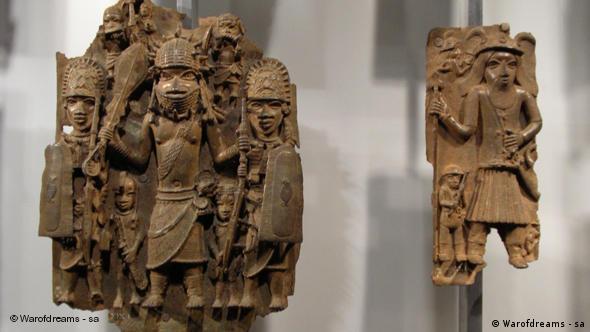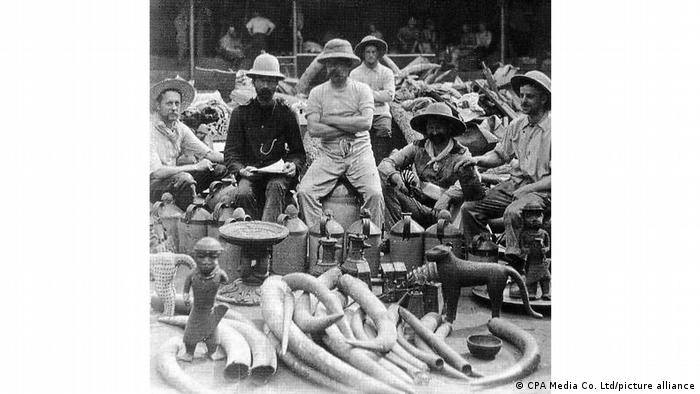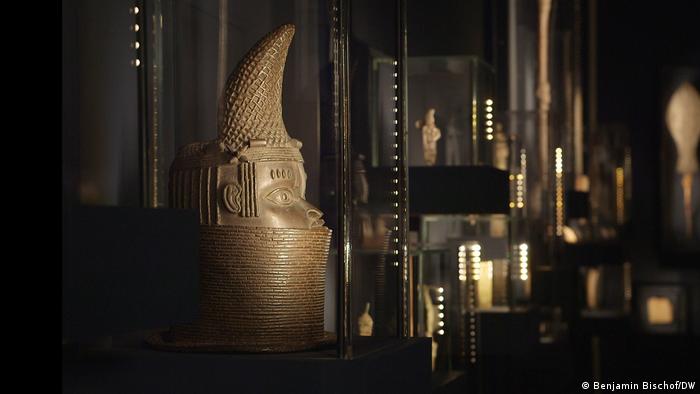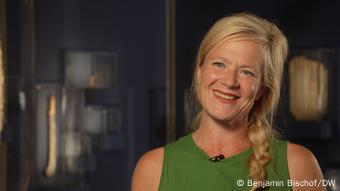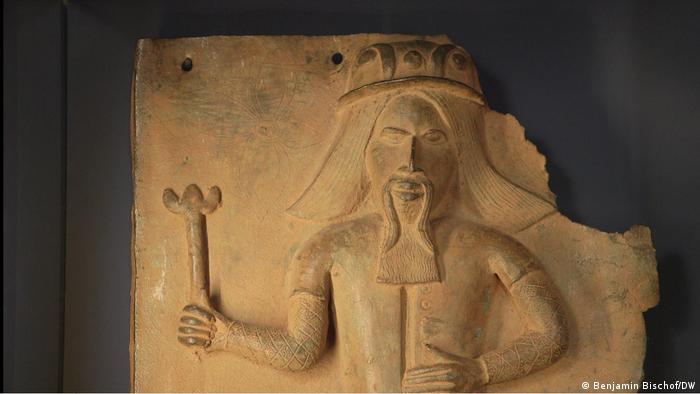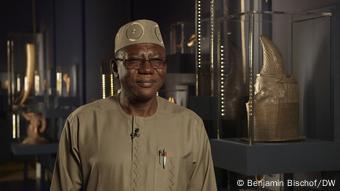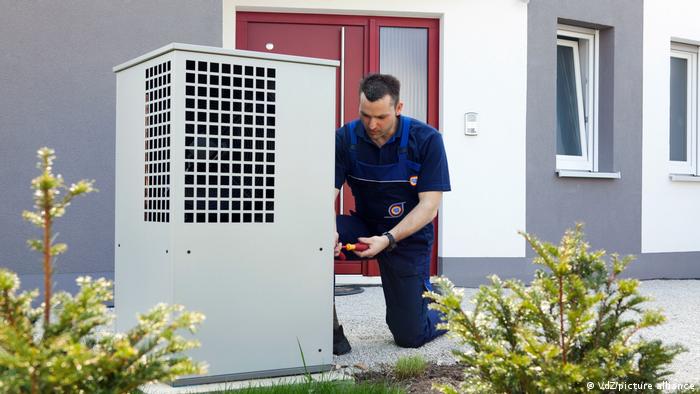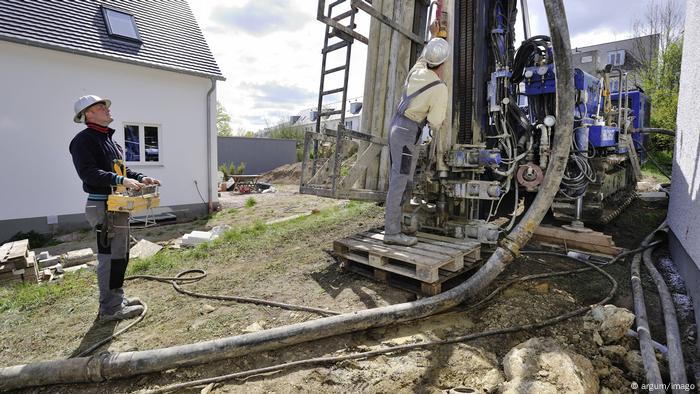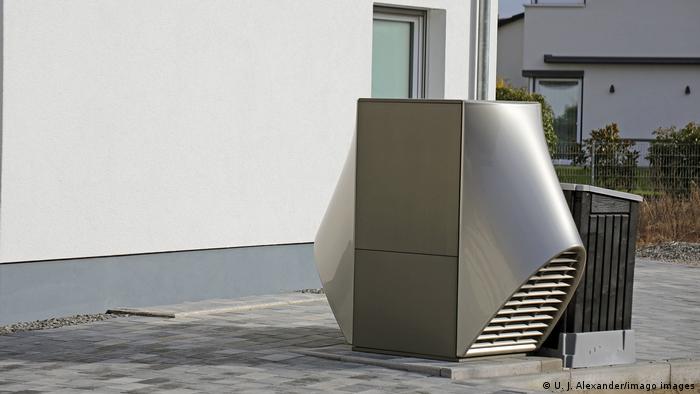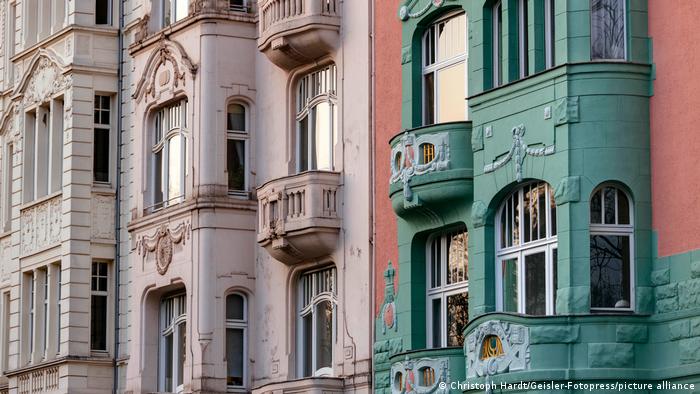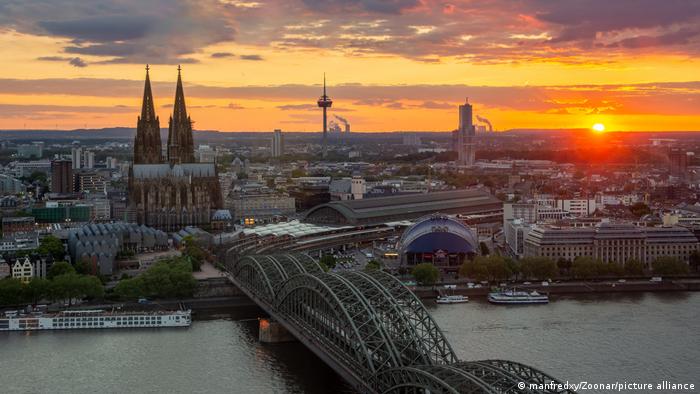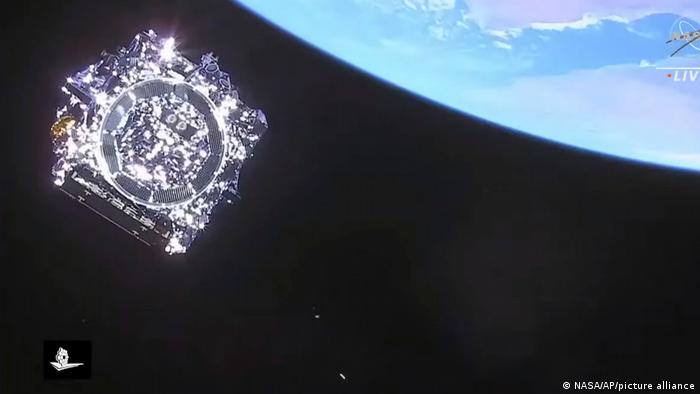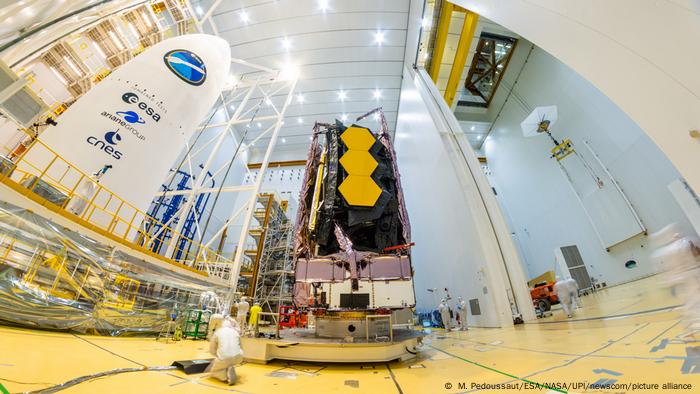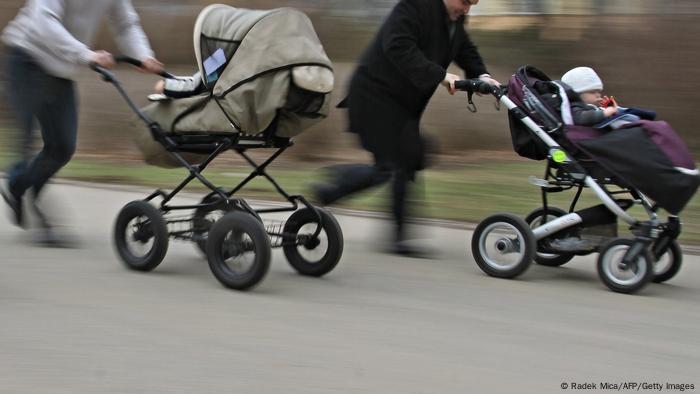"We commit to strengthening our fight against human trafficking and our efforts to prevent and combat sexual abuse and sexual exploitation of children worldwide, both online and offline," the G7 leaders pledged in their final declaration of the summit in Germany.
Wibke Müller of the victims' group Brave Movement called this a historic step. "When I was a child, no one protected me from sexualized violence," she said. "Today, for the first time, G7 leaders have collectively committed to being the protectors that all children deserve."
Germany has recorded a rise in child sexual abuse cases. Yet another came to light in Wermelskirchen, a town outside the western city of Cologne, just recently, when a 44-year-old male babysitter is believed to have sexually abused 12 babies, toddlers, and children with disabilities. His youngest victim seems to have been only one month old.
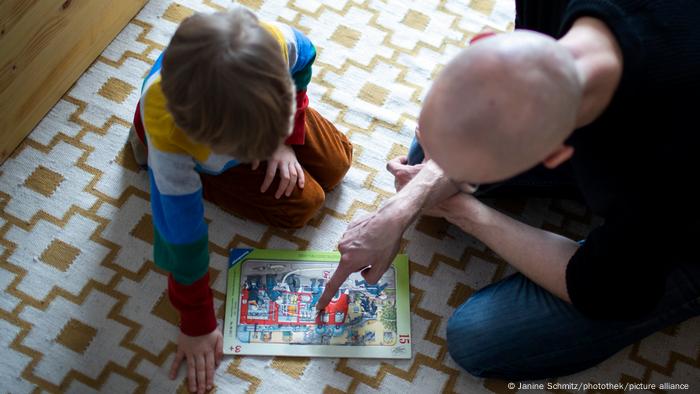
The latest major case that came to light involved a male babysitter
Police caught him at his computer and arrested him. He is suspected of trading child abuse images and videos with more than 70 other people. The investigation is still ongoing.
Police in the state of North Rhine-Westphalia have uncovered several major abuse networks involving multiple perpetrators and victims.
Kerstin Claus, head of the German government's new Independent Commission for Child Sexual Abuse, told DW that "the Wermelskirchen case illustrates the fact that, via the spread of digital media, acts of violence of the most monstrous kind are becoming more visible, although they existed before the Darknet emerged."
The difference is that "today we can prove that violence occurred," she said.
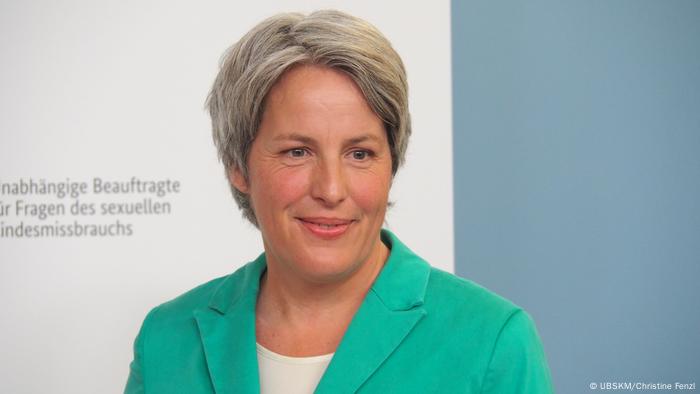
Kerstin Claus has been the Independent Commissioner on Child Sexual Abuse since April 2022
A race against time
Finding victims and perpetrators is the job of the Cologne police's cybercrime task force, headed by prosecutor Markus Hartmann, who has launched more than 9,300 cases against nearly 9,900 suspects in the past two years.
Many of the tip-offs about sexualized violence online come from the United States' National Center for Missing and Exploited Children (NCMEC).
A prerequisite for prosecution is that perpetrators are identified quickly, but Hartmann said that tips often reach investigators too long after the fact for IP addresses to be traced. For that reason, Federal Interior Minister Nancy Faeser has thrown her support behind a measure that would require internet providers to hold onto this information for longer.
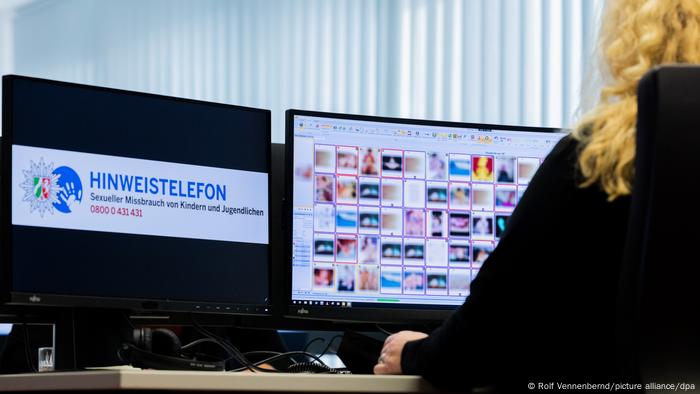
Police statistics show a steady increase in the number of child sexual abuse cases uncovered every year
Mountains of data
Commissioner Claus stresses that victims are "often at the mercy of their tormentors for months and years," sometimes in their own family or immediate environment. The number of unreported cases is likely many times higher than the statistics show, she says, calling it a "scandal" how much is still unknown.
The victims who advise commissioner Claus have pointed out that sexualized violence "remains one of the safest crimes for perpetrators," and that two-thirds of investigative proceedings are dropped, especially if they come down to the victim's word against the perpetrator's word.
More than 30 terabytes of data were seized in Wermelskirchen, and the NRW cybercrime unit uses artificial intelligence tools that can identify 90% of child abuse images, Hartmann says. This allows investigators to gain a quick overview of large amounts of data to figure out whether a child somewhere is currently being abused.
In the end, however, humans have to assess images and videos, so there are calls for more personnel and equipment.
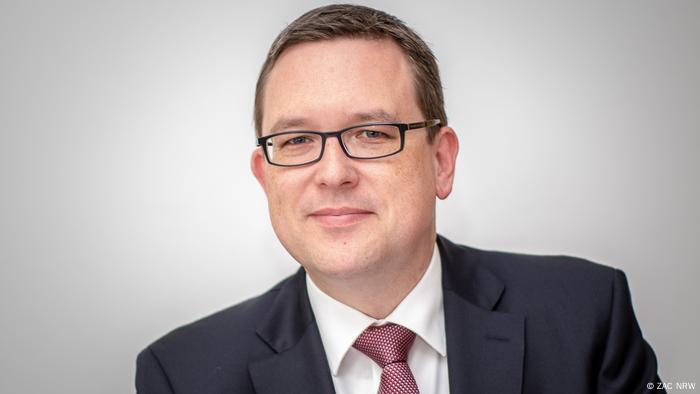
Prosecutor Markus Hartmann heads Cologne police's cybercrime task force
International cooperation needed
Statistics show that Europe is a hub for abuse imagery. So Commissioner Claus welcomes the European Commission's plans for an EU center to complement national law enforcement agencies and support victims in their right to delete depictions of abuse.
Markus Hartmann would also like to see more international cooperation. There has already been some success in working with specially-trained partners in the Baltic states, Hartmann said. "Sometimes cooperation across European borders has been even faster than across [German] state borders," he remarks.
Awareness has risen over the past years, says Commissioner Claus, "but many people still don't want to admit that it affects children around them. "We all know victims, so we also know perpetrators," she says.
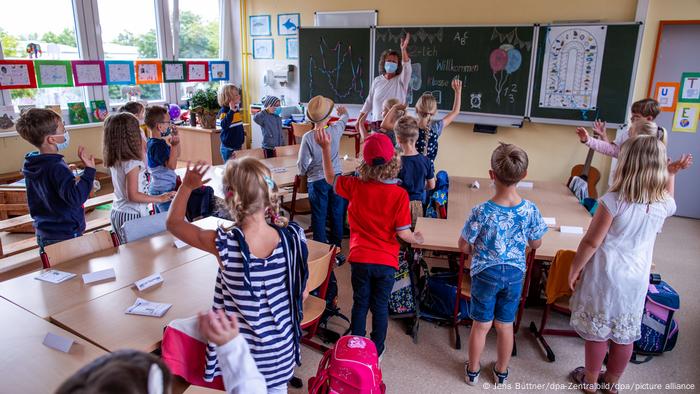
Experts believe that in every school class, one or two children are affected by abuse.
Early childhood trauma — shorter life-expectancy
Psychologist Matthias Franz has worked with victims of child abuse. He explains that even infants store memories of events that caused them fear and pain in a special part of their brain, the amygdala. So early experiences of abuse or violence can be written into pre-linguistic memory.
"If I experienced bad things as a child, the memories might rise up again 40 years later, say, if my boss at work gives me a look that reminds me of the way my father looked before he beat me up," Franz explains. "Stress hormones are then released, which can trigger a panic attack so I may end up in hospital with a suspected heart attack." Often such patients, says Franz, are just sent home again. If they are lucky, a doctor may diagnose a panic attack and suggest psychotherapy.
"We know from long-term studies of severely abused children that they are much more likely to develop psychosomatic or addictive disorders later on," Franz says. "There are studies that show that children with severe abuse experiences can have a reduced life expectancy of up to 20 years."
The psychologist says it should be easier for adult victims to get diagnosed and find easy access to therapy.
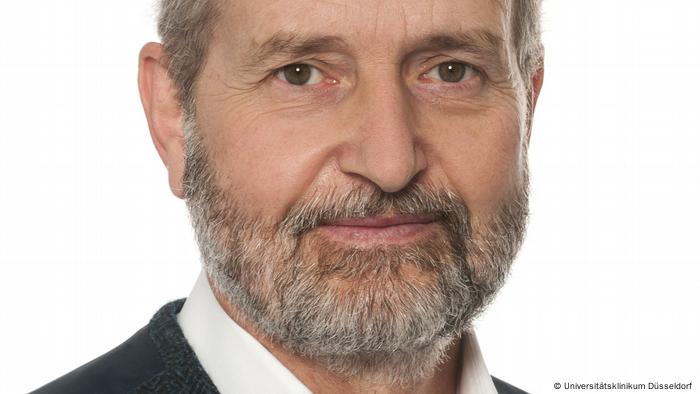
Psychologist Matthias Franz works with victims of child abuse and with perpetrators
Research on perpetrators
When perpetrators are unmasked, their colleagues and neighbors often remark on how inconspicuous they seemed.
Psychologist Matthias Franz explains that many perpetrators lack empathy and seek power over weaker people. "It gives some people…an intoxicating feeling of omnipotence to leave all ethical boundaries behind," he says.
The dissolution of boundaries on the internet acts as an accelerant: Perpetrators reinforce each other's belief in the legitimacy of their actions. "We urgently need more research on this," says Franz. "How do perpetrators get to be that way? Is it treatable?"
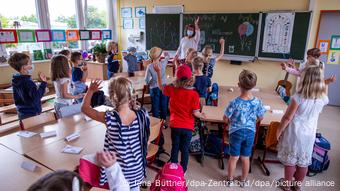
Experts believe that in every school class, one or two children are affected by abuse.
Prevention and protection
Hartmann's cybercrime task force also conducts public information campaigns to warn potential perpetrators that they risk getting caught. Investigators have also produced teaching materials to combat what is known as grooming, when a perpetrator first establishes contact with a child over a long period in order to make them more amenable to abuse.
Educating children, teachers, and parents is important, says Claus, but she also calls for binding rules for digital spaces in which children largely move alone: protective default settings, low-threshold offers of help, stricter age restrictions, and moderation of websites.
And she wants to launch a campaign later this year to ensure people know exactly where to find help in protecting children from abuse, just like they know how to trigger a fire alarm.
This article was originally written in German.






